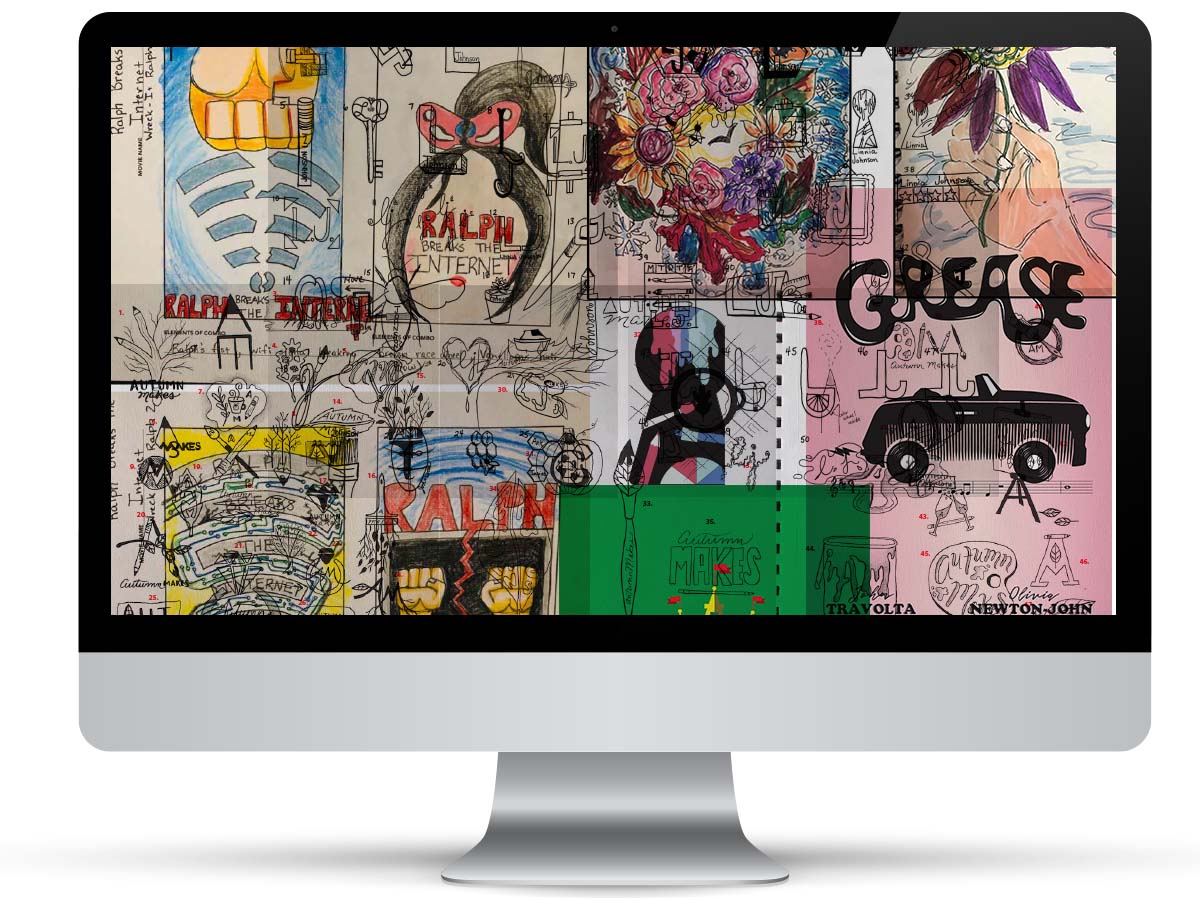As a discipline, we often focus and reward visual design and aesthetics over, rather than in addition to, usability and accessibility. If we want emerging digital designers to design for the public good, then access needs to be core to their process and their education. Creating a learning environment that makes access a priority both in the way the course is delivered and in the learning objectives impacts who student designers consider as audiences and how they prioritize the needs and desires of those audience members.
Students in four sections of a beginning web design course over three semesters were given a pre-course survey, designed by Teach Access, to measure student perceptions and knowledge of accessibility and disability. Accessibility was regularly discussed throughout the course and was a design requirement on all assignments. Interventions across the three semesters evolved based on results of the prior semester. At the end of the course, students were given a post-course survey, to measure shifts in perception and understanding of accessibility.
In this session, I will share the interventions introduced each semester and the philosophy behind each intervention. In addition, I’ll share the statistically significant results and discuss the successes and failures of each iteration of interventions. As educators, the way we approach access in the classroom influences future generations of designers, therefore it is important to begin to systematically study the impact of the course design decisions we make.
This research was presented at the Design Incubation Colloquium 6.3: Fordham University on May 16, 2020.

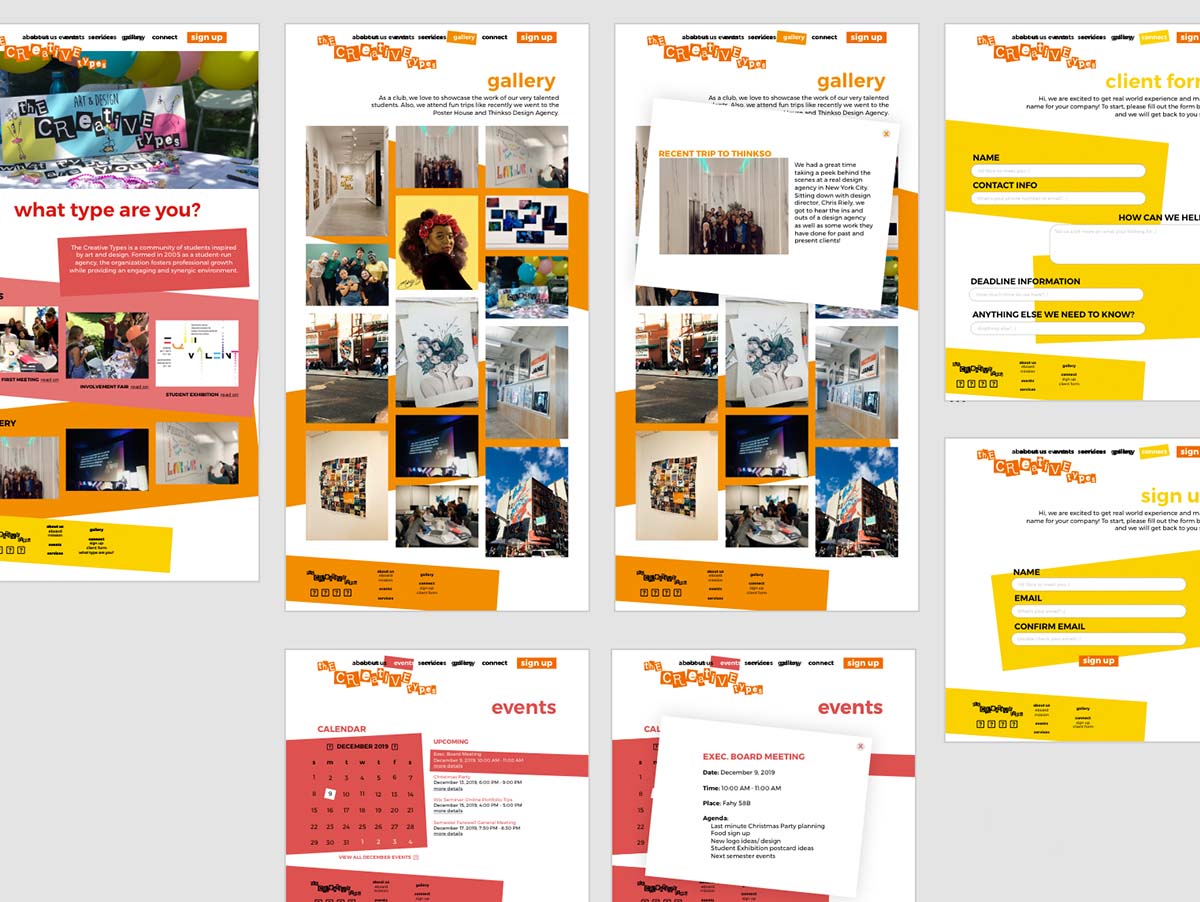
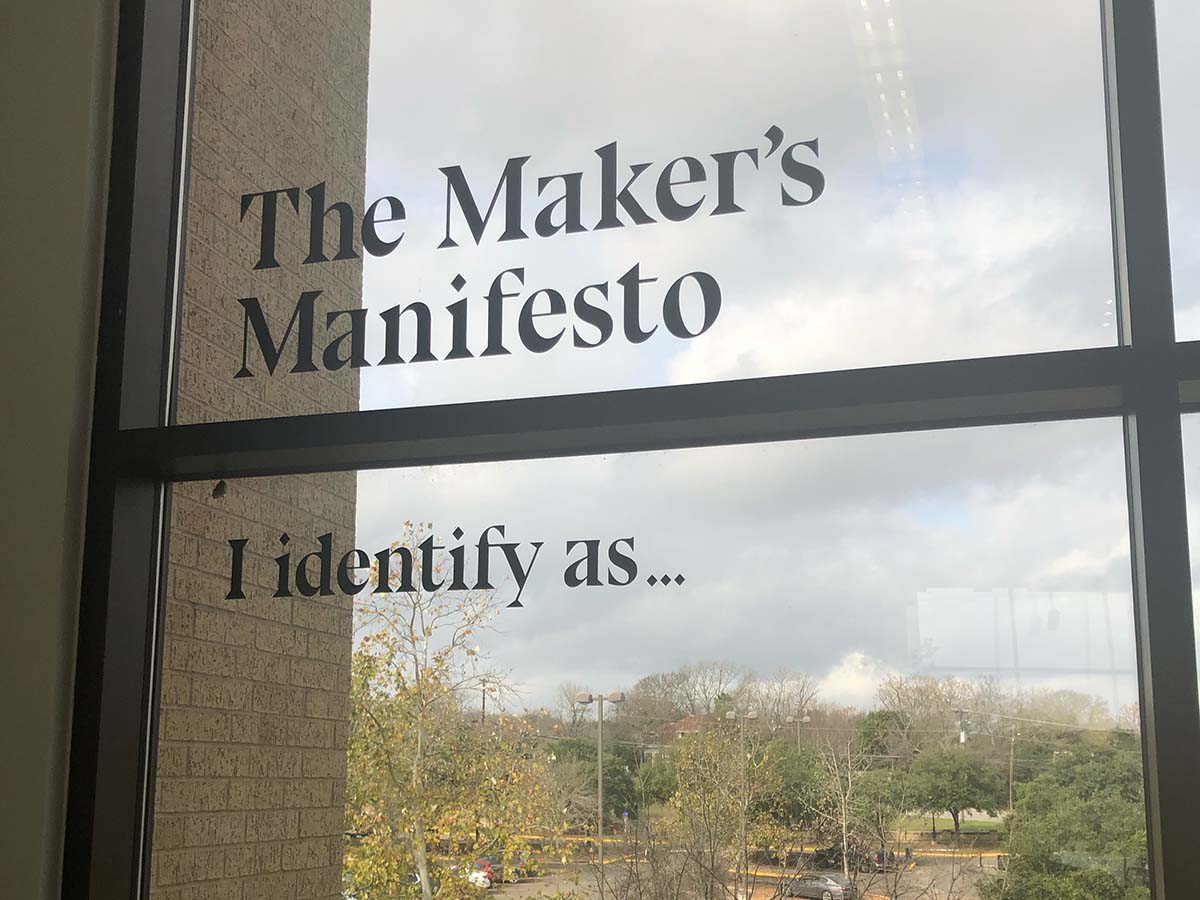
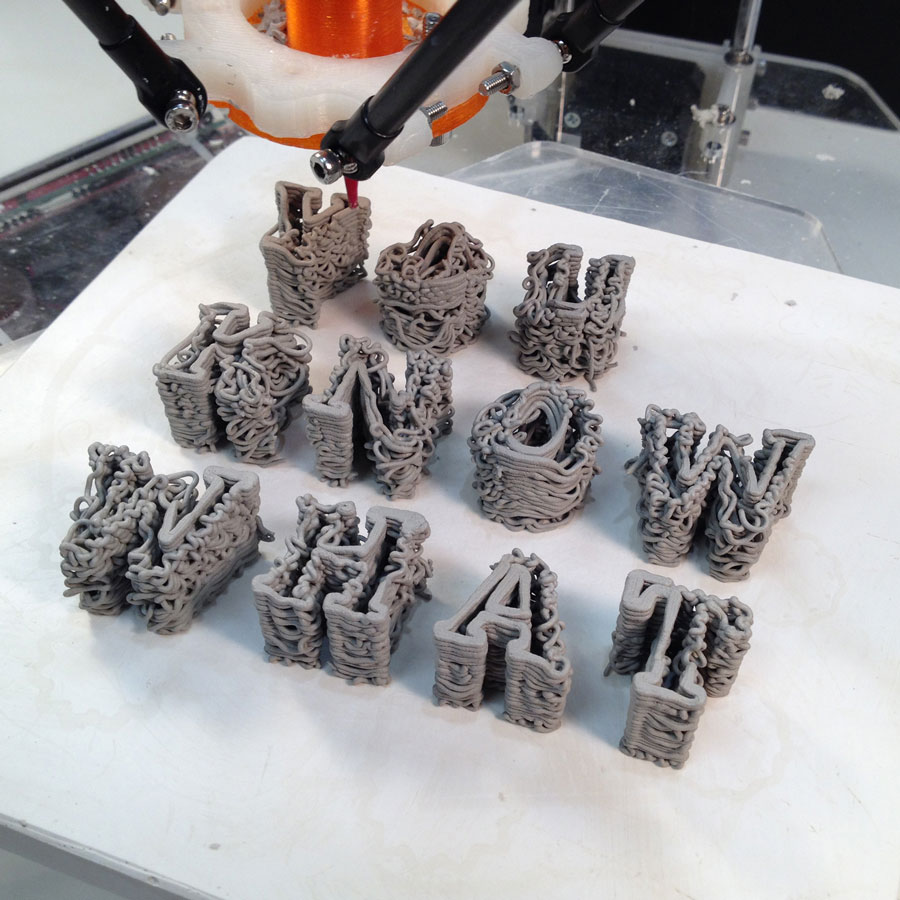
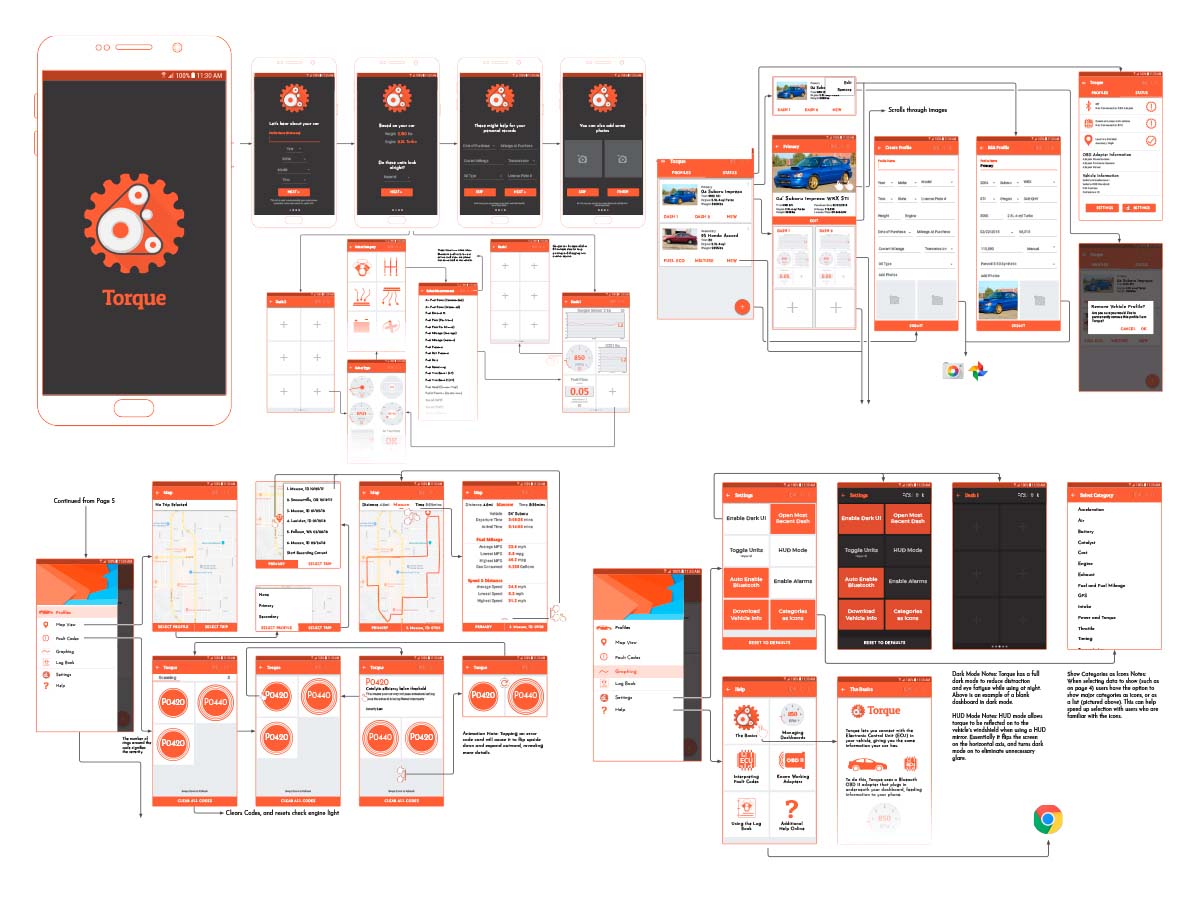

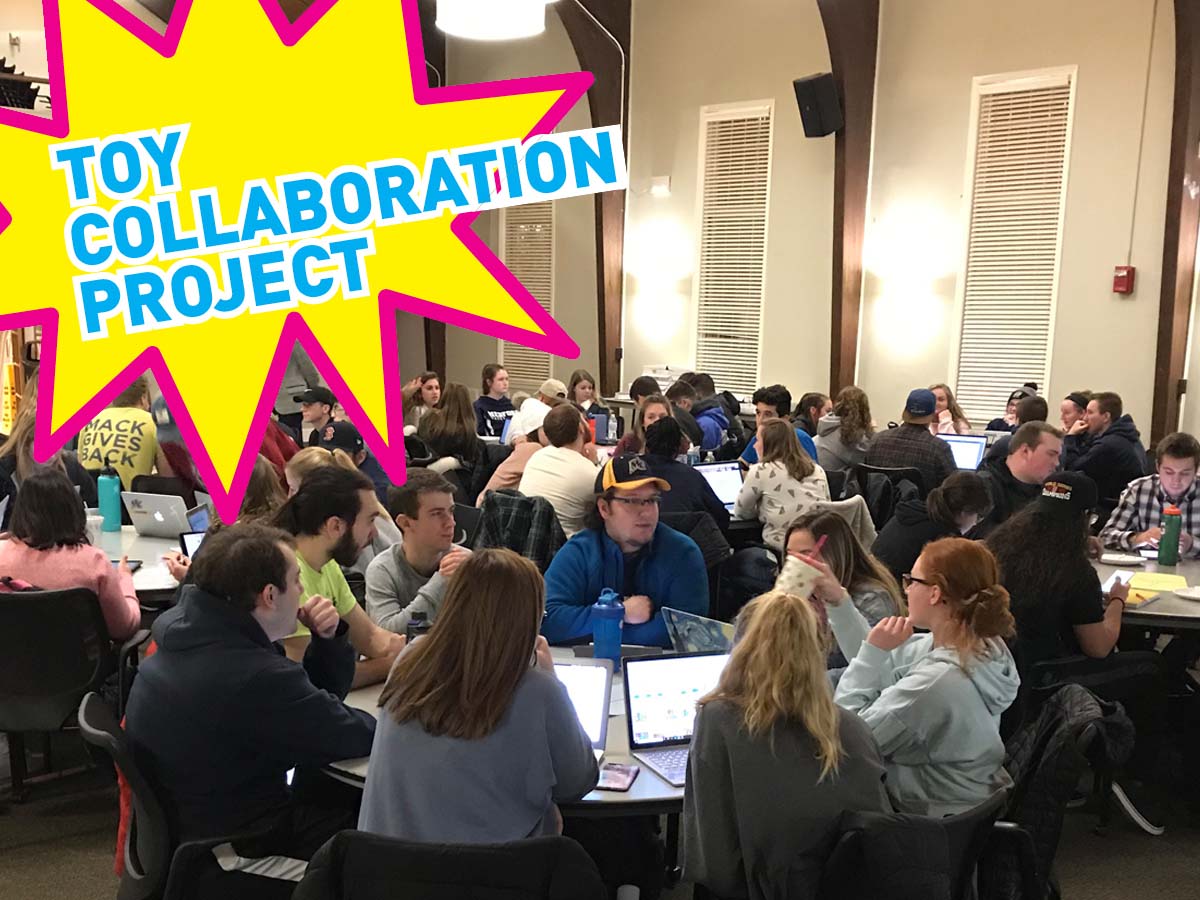
![[Dis]embodied Senses: Interaction Beyond the Screen](https://designincubation.com/wp-content/uploads/2020/02/TristenClick_immersive.jpg)
